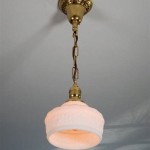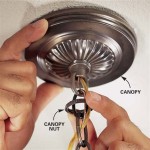Texturing ceilings can be a great way to give your home a unique and beautiful look. Whether you want to cover up a flaw in the ceiling, create a unique pattern, or just add some extra texture, there are a few different methods you can use to get the job done. In this article, we’ll go over some of the most popular ways to texture ceilings and provide tips and tricks for achieving the best results.
Choosing a Texture
The first step to texturing your ceiling is to decide on the type of texture you’d like to create. There are several different types of textures available, including popcorn, knockdown, stippling, and combing. Each one has a unique look and feel, so choose the one that best fits the feel you’re going for. Once you’ve chosen the type of texture you’d like to use, you’ll need to prepare the ceiling before you start applying it.
Preparing the Ceiling
Before you begin texturing your ceiling, it’s important to make sure the surface is clean and free of any dirt, dust, or other debris. Start by using a vacuum cleaner to remove any dust and debris from the ceiling, and then wipe it down with a damp cloth. This will help ensure that the texture will adhere properly and look its best. Once the ceiling is clean, you’ll need to patch any cracks or holes using spackle or joint compound.
Applying the Texture
Now that your ceiling is prepared, you can start applying the texture. Depending on the type of texture you’ve chosen, you may need to use a sprayer or roller to apply it. If you’re using a sprayer, make sure to follow the instructions carefully and practice on a scrap piece of drywall before applying it to the ceiling. When using a roller, make sure to apply the texture in a criss-cross pattern to help it adhere evenly. Once the texture is applied, it’s important to leave it to dry completely before attempting to paint or finish the ceiling.
Finishing Touches
Once the texture has dried, you can finish the ceiling with paint or a sealant. If you’re painting, use a brush or roller to apply the paint evenly, and make sure to let each coat dry completely before adding the next. If you’re using a sealant, be sure to apply it according to the manufacturer’s instructions and let it dry before adding any additional coats. Once the paint or sealant is dry, your textured ceiling is complete and ready to admire!














Related Posts








